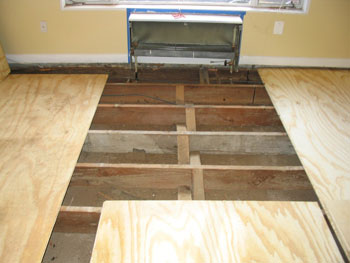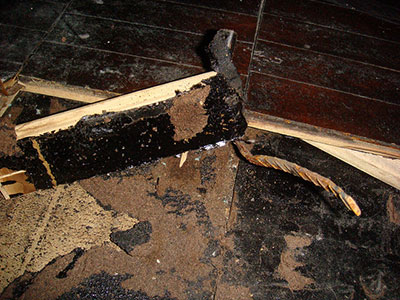Subfloor Between Sheets Tar Paper

Underlayment installs on top of the subfloor and provides an ultra smooth surface for linoleum or vinyl flooring.
Subfloor between sheets tar paper. In the course of a kitchen remodel in my 50 s or 60 s era home i see that my subfloor in that room is a double layer of 5 8 plywood. And if it was the later it. Felt paper also referred to as tar paper was the standard underlayment material in roofing for decades. The tar paper was either used to minimize squeaks between the sub floor and underlayment or if it was under the flooring it could have been a tar install linoleum job.
Tar paper and the subfloor tar paper is used under hardwood floors for moisture and squeak control. Arrange the sheets of plywood so the seams are staggered and leave 1 4 inch expansion gaps along the walls and between sheets. And then use a hand stapler to attach to the subfloor. Lighter than felt synthetic underlayment is just as easy to work with.
I used low low very low and very very low. Synthetic underlayment started gaining popularity in the last decade. It was easy to use durable and even had alignment lines to help with the shingle installation. If you glue down the plywood underlayment choose a construction adhesive that won t stain the flooring and make sure to clean away any adhesive that oozes up between seams.
Low is about 2 depths of tar paper. Simply roll the black felt paper out over the plywood subfloor overlapping the seams approximately 4 to 6 in. It s possible that the tar paper was being used as a shim to raise the floor level rather than as something for vapor barrier what have you rosin or tar between hardwood and whatever is underneath is generally to reduce squeeks. I had several areas that were 3 shingles deep 80 is in the multiple tar paper category like 2 4.
Only the lowest spots require shingles. Vvl is about a shingle and two tar papers. To rid yourself of the cat smell the most practical solution is to use a product called kilz and you just roll it on the floor and let it dry. Most of the job can be done with overlapping layers of tar paper.
Floors that require underlayment also benefit from building paper.














































